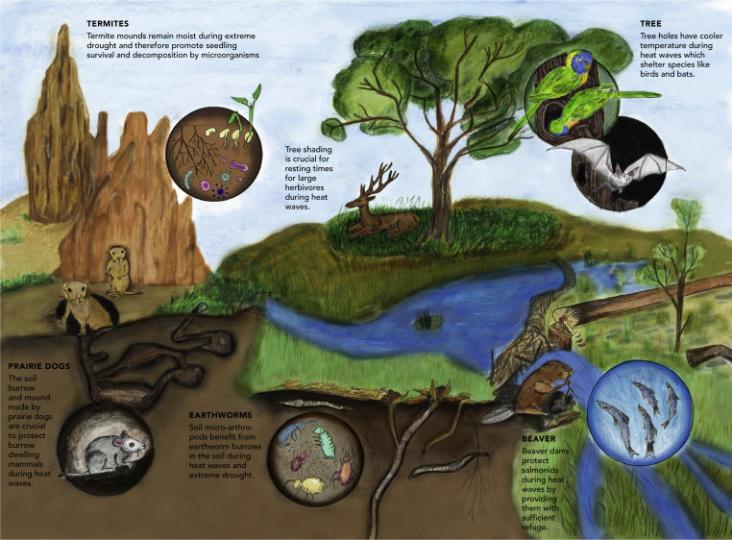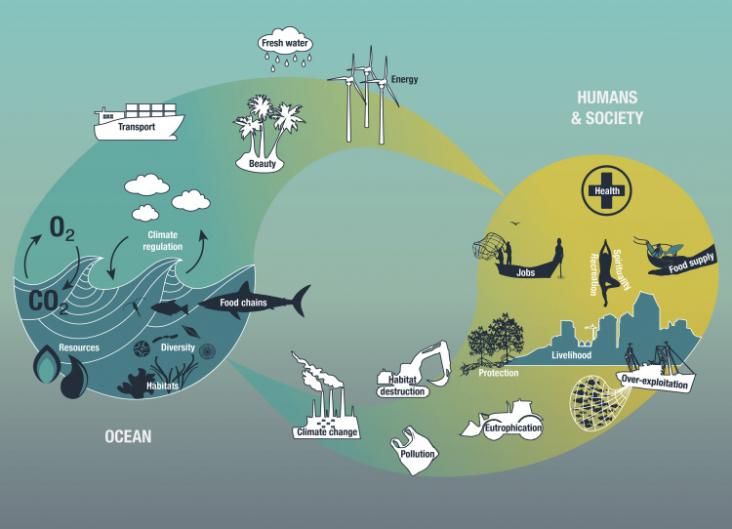Producing food exerts pressures on the environment. Understanding the location and magnitude of food production is key to reducing the impacts of these pressures on nature and people.
This book chapter advances SDGs 12, 13 and 14 by discussing the current warming of the Arctic climate caused by human exploitation activities and the potential impact these activities may have in driving a number of marine mammals and other vertebrate species to extinction, unless strong conservation initiatives are put in place immediately.
This chapter advances SDG 6, 11, and 14 by providing avenues for the application of sustainable bio-based polymers in wastewater treatment and their role in removing pesticides, to support clean water, a healthy ecosystem, and sustainable consumption.
Purpose and setting: Infrastructure is a global multi-trillion dollar market presenting many opportunities and risks for sustainable development.

Climate extremes are expected to become more commonplace and more severe, putting species and ecosystems at unprecedented risks.

Protecting the ocean has become a major goal of international policy as human activities increasingly endanger the integrity of the ocean ecosystem, often summarized as “ocean health.” By and large
This book chapter advances SDGs 3 and 14 by discussing the exposome which provides an excellent translational framework for toxicological studies that examine the mechanisms by which certain environmental exposures alter our biology.

